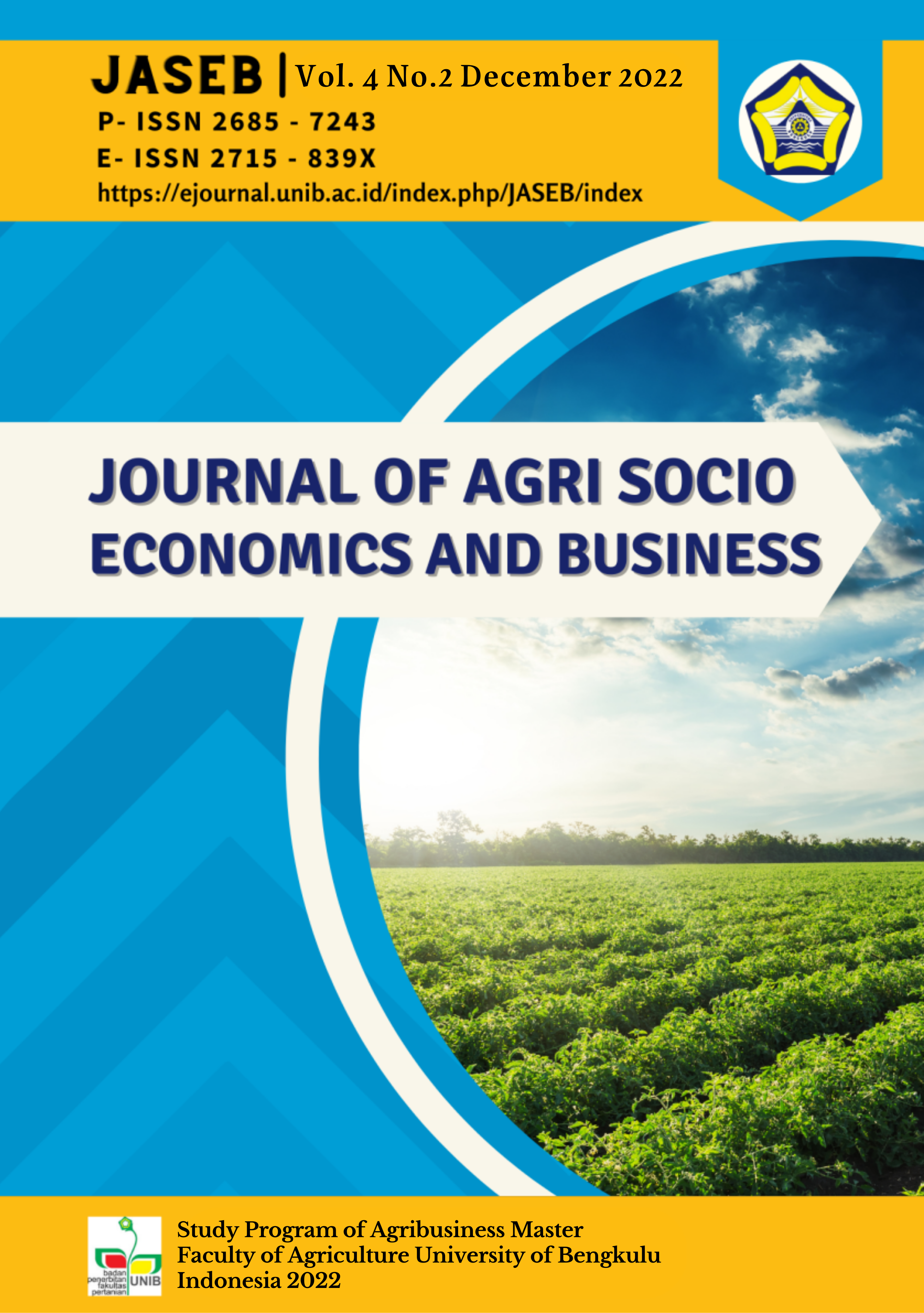Main Article Content
Abstract
This study aims to develop a strategy for developing the tourism sector in Jember Regency, namely Love Bay in Payangan Beach. The method in this study uses a qualitative descriptive approach. The information was derived from primary data gradually gathered from respondents per the study’s requirements. The data collection methods used in the study were an observation carried out by entering the Love Bay tourism area on Payangan Beach and an interview conducted by asking directly to respondents who had been chosen intentionally. The results of this study are that the existence of good infrastructures, such as roads and street lighting (E2), is a sub-element that has the highest level of power effect (Driver Power) and Independence Power. On the other hand, the sub-element of easy access to tourist attractions (E1) has the lowest Driver Power and Independence. The result indicates that E1 can be influenced but cannot affects, whereas E2 can affect but is hard to influence. The conclusion that can be reached is that E2 is a sub-element with a high ability to improve the quality of regional tourism, especially Love Bay tourism, in Payangan beach, Jember Regency.
Article Details
Copyright (c) 2022 Dini Nafisatul Mutmainah, Sekar Ayu Wulandari, Septine Brilliyantina, Inaya Rahmasari, Rahma Dita Widya Astuti

This work is licensed under a Creative Commons Attribution-ShareAlike 4.0 International License.
An author who publishes in the Journal of Agri Socio Economics and Business agrees to the following terms:
Author retains the copyright and grants the journal the right of first publication of the work simultaneously licensed under the Creative Commons Attribution-ShareAlike 4.0 License that allows others to share the work with an acknowledgement of the work's authorship and initial publication in this journal
Submission of a manuscript implies that the submitted work has not been published before (except as part of a thesis or report, or abstract); that it is not under consideration for publication elsewhere; that its publication has been approved by all co-authors. If and when the manuscript is accepted for publication, the author(s) still hold the copyright and retain publishing rights without restrictions. For the new invention, authors are suggested to manage its patent before published. The license type is CC-BY-SA 4.0.
Journal Agri Socio-Economics and Business is licensed under a Creative Commons Attribution-ShareAlike 4.0 International License.
